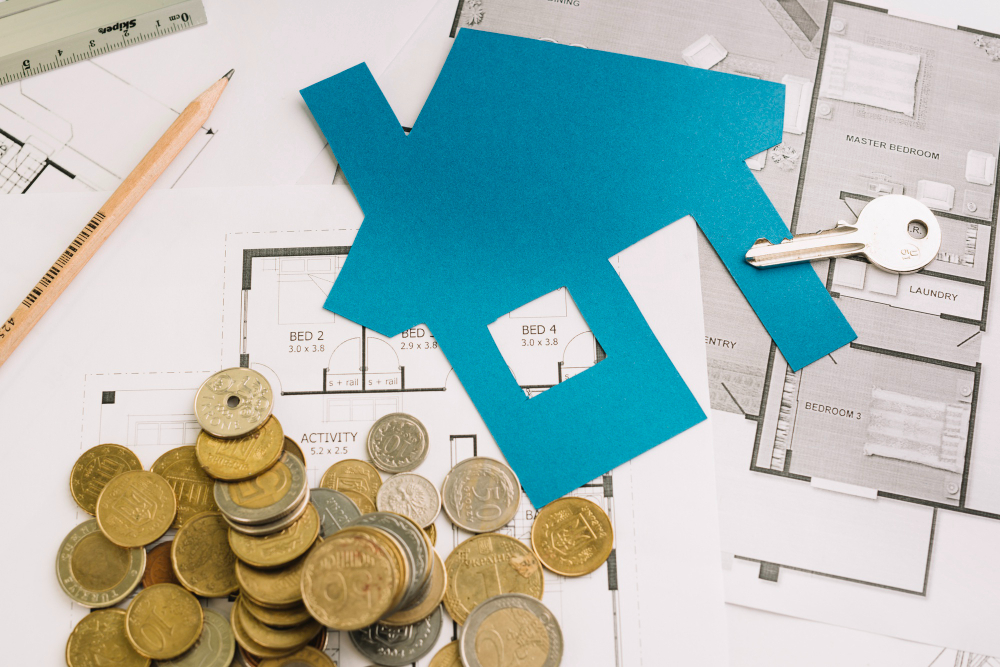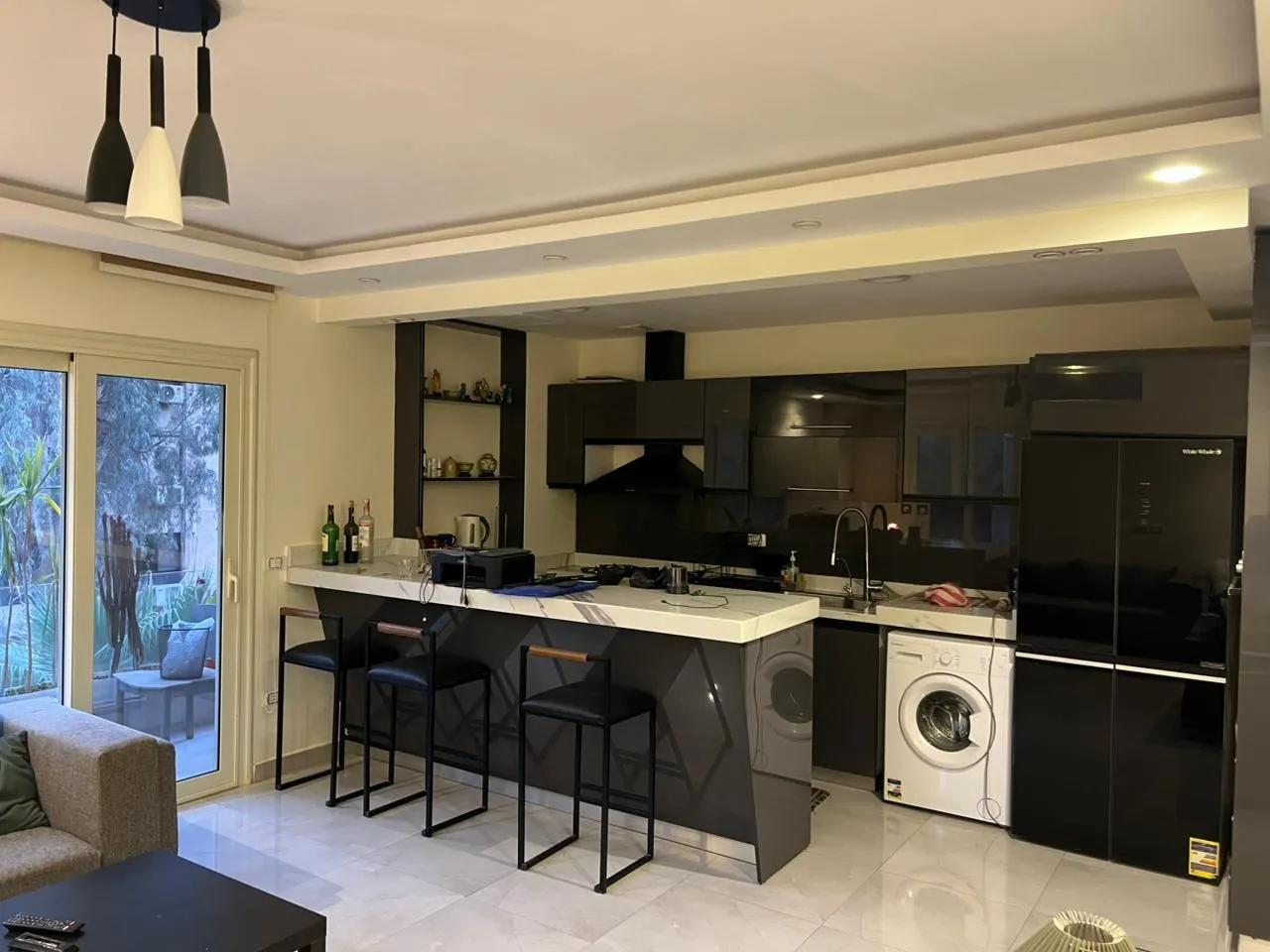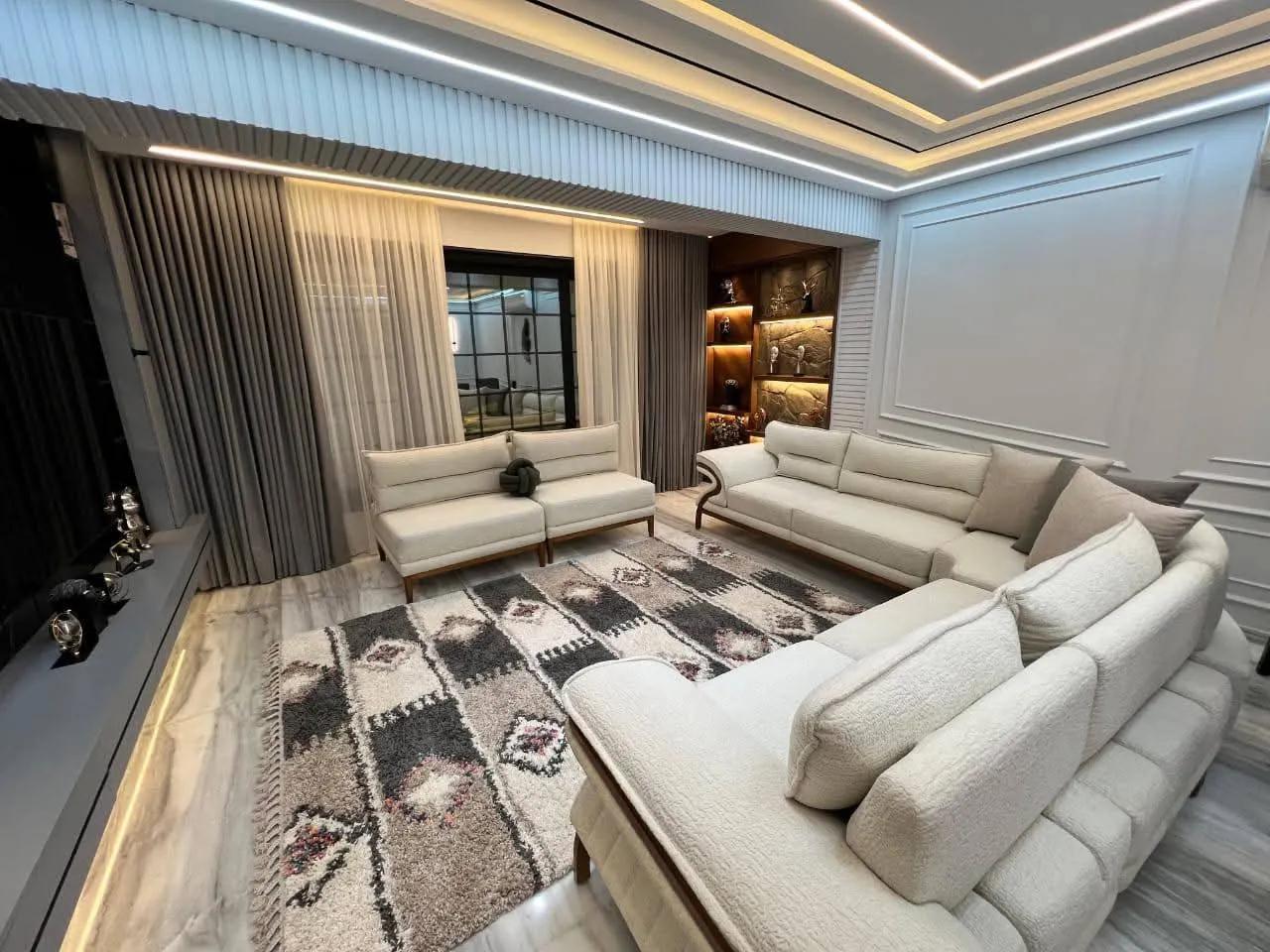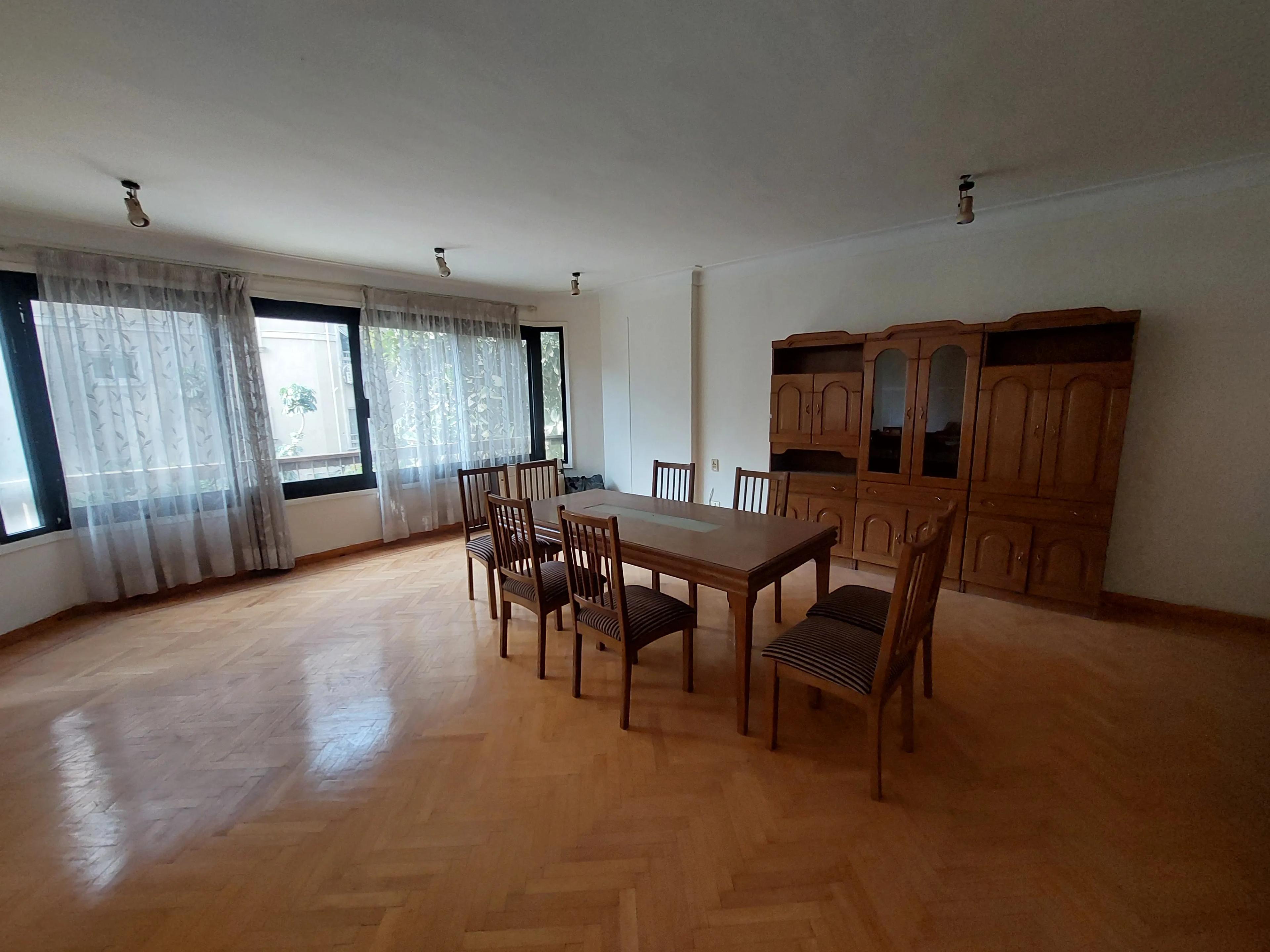Mastering the Art of Comparing Apartments
Author
Ali Ashour
Time
9 Min.
Language
English
Created:
4/6/2024
Updated:
5/26/2025
Mastering the Art of Comparing Apartments
Comparing apartments is a critical step in the journey toward finding the perfect rental space, involving the evaluation and contrasting of various properties based on critical factors such as location, amenities, size, price, and lease terms. Utilizing a well-constructed comparison tool, such as a spreadsheet, can significantly aid renters in making informed decisions, ensuring they select an apartment that aligns perfectly with their needs and budget.

This comprehensive guide aims to navigate you through the intricate process of apartment comparison, highlighting the significance of understanding your financial responsibilities when considering rent, selecting the optimal location, and weighing the benefits of various amenities and apartment layouts . By leveraging expert advice and a structured comparison approach, renters will be equipped to make choices that best suit their lifestyle preferences and financial parameters.
Understanding Your Budget
When comparing apartments, understanding the true cost of renting is paramount. It goes beyond just the monthly rent to include a variety of other expenses that can significantly impact your budget. Here's a breakdown to help future tenants navigate these costs:

- Initial Costs:
- Security Deposit: Typically one month's rent.
- Application Fees: Varies by property.
- Moving Expenses: $350 to $1,500 for a one-bedroom apartment; $1,000 to $2,000 for a four-bedroom home. Long-distance moves can range from $900 to $6,000.
- Furniture: Costs can vary, with options to buy new, secondhand, or from budget-friendly stores like Ikea.
- Monthly Expenses:
- Rent: Should not exceed 30% of your monthly income.
- Utilities: Can include electricity, water, gas, and internet. Costs fluctuate based on location and apartment size.
- Cable/Internet and Streaming Services: Average monthly cable bill starts between $45 and $145; streaming services like Netflix and Hulu cost under $15 a month.
- Insurance: Renters’ insurance typically under $14 per month.
- Living Expenses:
- Groceries, Transportation, and Entertainment: Essential but variable costs. Budgeting for these while considering all sources of income, including salary and part-time jobs, is crucial.
By considering all these factors, tenants can make informed decisions on their apartment choice, ensuring it aligns with their financial situation and lifestyle needs.
Evaluating Apartment Locations
Evaluating the location of an apartment is paramount in comparing apartments, as it significantly impacts daily life and overall satisfaction. Key factors to consider include:
- Proximity to Essentials:
- Work or School: Ensures shorter commute times.
- Public Transport: Offers ease of mobility for those without personal vehicles.
- Amenities: Grocery stores, restaurants, and entertainment venues add convenience and leisure.
- Safety and Community:
- Crime Rates: Lower rates enhance the desirability and safety of the area.
- Schools: Quality education options are crucial for families.
- Community Safety: A strong sense of safety fosters a positive living environment.
- Market and Economic Factors:
- Demand and Competition: High demand and low competition can indicate a thriving area.
- Economic Growth: Areas with robust job markets and economic growth are more likely to appreciate in value.
- Demographics: Stability in job markets and presence of high earners can drive up demand and prices.
Considering these factors helps in making an informed decision, ensuring the chosen apartment aligns with personal and financial goals.
Comparing Apartment Amenities
In the quest for the perfect apartment, amenities play a crucial role in determining comfort, convenience, and lifestyle fit. Understanding the distinction between private and community amenities can significantly influence decision-making:
Private Amenities:
- In-Unit Laundry: Preferred for convenience, negating the need for communal laundry rooms.
- Balcony or Patio: Offers personal outdoor space, ideal for relaxation or entertaining.
- High-End Appliances: Enhances the cooking experience and overall aesthetic.
- Smart Amenities: Including smart thermostats and locks, offer enhanced security and energy efficiency.
Community Amenities:

- Fitness Center/Gym: Often a deciding factor for health-conscious renters, providing convenience and savings on gym memberships.
- Swimming Pool and Recreation Areas: Indoor or outdoor pools, along with game rooms, offer leisure and socializing opportunities.
- On-Site Services: Such as grocery stores, hair and nail salons, and restaurants, add unparalleled convenience.
- Security Features: Gated entrances, security personnel, and smart building technologies ensure resident safety.
Considering the lifestyle and priorities of potential renters is essential. Millennials might prioritize high-quality photos and smart amenities, while Gen X and Baby Boomers value comprehensive information about these features. Identifying non-negotiable amenities, whether it's a pet-friendly policy with dedicated pet areas or sustainable living options like community gardens, helps narrow down choices. Ultimately, the right mix of private and community amenities enhances living standards and aligns with individual or family needs.
Safety and Security Measures
When comparing apartments, safety and security measures are paramount, significantly influencing a renter's decision. Here's a breakdown of essential safety protocols and security systems to consider:
Essential Safety Protocols:
- Fire extinguishers and functional smoke detectors for immediate response to fire incidents.
- Secure entrances to prevent unauthorized access, enhancing resident safety.
Comprehensive Security Systems:
- Standard Apartment Security: Includes gates, security cameras, video doorbells, motion-activated lighting, door and window sensors, secure locks, fences, and window bars. These features deter thieves and provide evidence for law enforcement if needed.
- Advanced Security Solutions: Boasts real-time security monitoring, professional security guards, and monitored video surveillance systems. These not only prevent vandalism but also record criminal activity, discouraging intruders.
- Community Safety Features: Enhanced lighting in common areas and parking lots improves visibility, while intercom systems manage guest access efficiently. Alarm systems detect break-ins and alert residents and authorities, offering peace of mind.
Benefits of Robust Security Systems:
- Increases property value and attracts potential investors or buyers.
- Reduces repair costs and insurance premiums, making it a financially wise choice for apartment complex managers.
- Fosters a sense of community and trust among residents, as improved security measures lead to a safer living environment.
Prioritizing these safety and security measures can significantly impact the desirability of an apartment complex, attracting more tenants willing to pay extra for peace of mind and safety.
Assessing Apartment Size and Layout
Assessing the size and layout of an apartment is a critical step in comparing apartments, ensuring the space aligns with your lifestyle and needs. Here's a structured approach to evaluating these aspects effectively:
Understanding Floor Plans:
- Visual Layout: A floor plan offers an aerial view, showcasing walls, windows, doors, and key features such as built-in cabinets and appliances. It's essential for visualizing the apartment's flow and functionality.
- Dimensions: Key measurements include the length, width, and height of rooms, drawn to scale to help compare with current living spaces.
- Symbols: Learn to read the symbols on a floor plan, such as thick lines for exterior walls and dashed lines for overhead cabinets, to fully understand the space's potential.
Key Considerations:
- Square Footage: Assess both the overall size and individual room dimensions to ensure your furniture fits and the space meets your daily needs.
- Layout Analysis: Examine the positioning of rooms, doors, and windows, considering how these will affect furniture placement and daily routines.
- Personal Priorities: Focus on must-have features, whether it's a certain number of bedrooms or specific amenities, to narrow down your search effectively.
Practical Steps:
- Measure Your Furniture: Compare these measurements with the apartment's dimensions to ensure a good fit.
- Seek Professional Advice: Real estate professionals or interior designers can provide valuable insights into the best use of space.
- Visit In Person: Pay attention to details like ceiling heights and natural light, ensuring the apartment meets your expectations.
By thoroughly evaluating the size and layout, you can make an informed decision, choosing an apartment that not only meets your practical needs but also feels like home.
Leveraging Tenant Reviews and Experiences
Leveraging tenant reviews and experiences offers a unique insight into the real-life living conditions and community atmosphere of an apartment complex. With 59% of renters turning to online research before even setting foot on a potential property, the importance of these firsthand accounts cannot be overstated. Here’s how to effectively utilize this wealth of information:
- Critical Analysis of Reviews:
- Patterns and Recurrences: Look for repeating themes in reviews, such as comments on maintenance responsiveness or noise levels, to gauge common experiences.
- Review Dates: Recent reviews carry more weight as they reflect the current state of the apartment complex.
- Response from Management: Pay attention to how management responds to reviews, offering solutions or improvements, indicating their commitment to tenant satisfaction.
- Comparative Insights:
- Amenities and Services: Reviews often highlight the reality of amenities and services advertised, such as the efficiency of the fitness center or the reliability of security measures.
- Community Engagement: Tenant testimonials can reveal the level of community engagement and social activities, contributing to a richer living experience.
- Objective Consideration:
- Bias Awareness: Recognize the potential for bias, with some tenants more likely to post reviews when dissatisfied. Conversely, overly positive reviews might be incentivized or not entirely genuine.
- Comprehensive View: Combine online reviews with in-person visits and conversations with current residents for a well-rounded perspective.
By meticulously analyzing and comparing tenant reviews and experiences, potential renters can make more informed decisions, aligning their choice with their expectations and lifestyle preferences.






